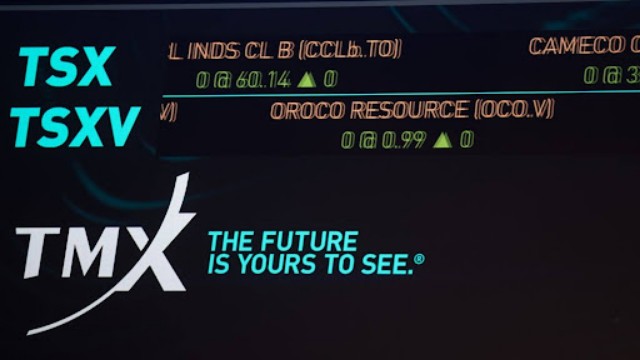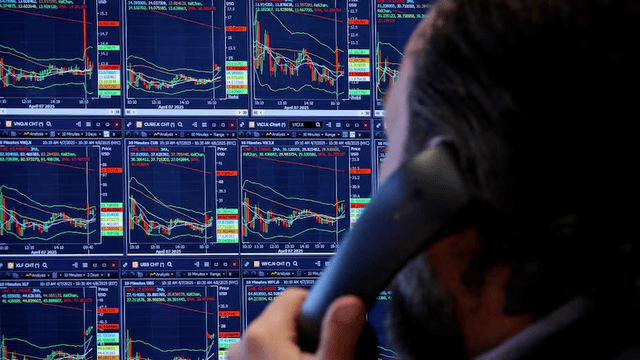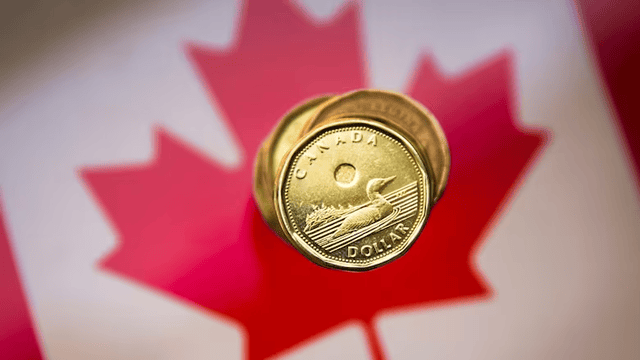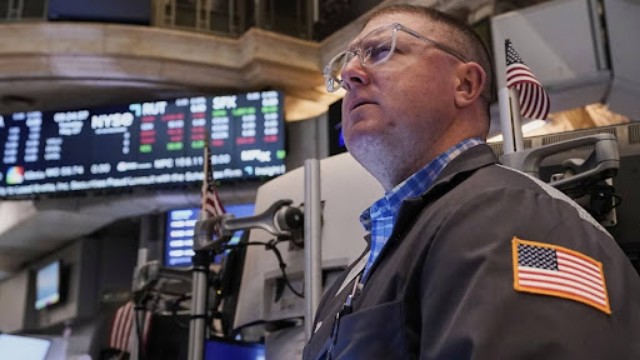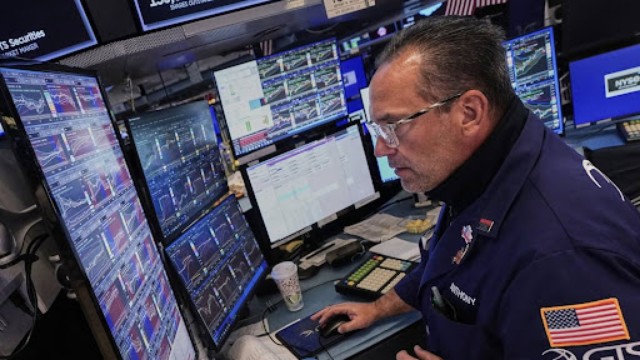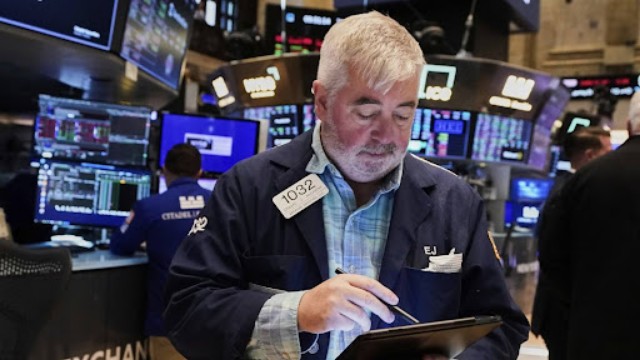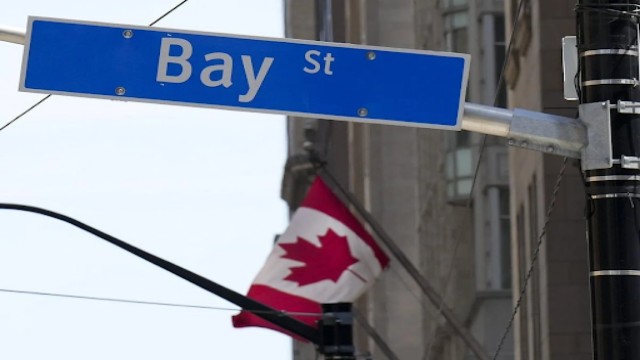
British Prime Minister Keir Starmer had a phone conversation with U.S. President Donald Trump during a visit to a car plant in the West Midlands on Thursday, May 8, 2025. (AP Photo/Alberto Pezzali, Pool)
In a move expected to reshape trade ties between the U.S. and the U.K., President Donald Trump announced a significant reduction in tariffs on key British exports—namely cars, steel, and aluminum. However, the baseline 10% tariff on other British imports will remain untouched, signalling a selective approach in Trump’s evolving trade policy.
The agreement, although not final yet, includes key points that both sides have agreed upon. British car tariffs, which previously stood at a steep 27.5%, will drop to 10% for up to 100,000 vehicles. Meanwhile, U.S. duties on British steel and aluminum, originally set at 25%, will be scrapped altogether. In return, the U.K. will lower import taxes on about 2,500 American goods—including olive oil, wine, and sporting gear—bringing the average rate down to 1.8%.
Trump said the U.K. will also buy more American beef and ethanol, while making customs procedures smoother for U.S. goods entering the British market. Though he touted this agreement as a “historic” step, he made it clear that other countries won’t receive the same treatment. “That 10% rate is actually low,” he said, warning that other nations will face stiffer tariffs unless they meet America’s trade demands.
British Prime Minister Keir Starmer welcomed the announcement as a turning point. Speaking during a commemorative call on the 80th anniversary of the Allies' victory in Europe, Starmer called the deal “historic” and timely. Later, during a visit to a Jaguar Land Rover factory, he reassured workers that the agreement would safeguard thousands of jobs in the automotive sector.
“This is just the beginning,” Starmer said, suggesting more trade barriers will be lowered in future deals with the U.S. and beyond.
The White House added that an unnamed British company plans to buy $10 billion worth of Boeing aircraft, further boosting the American economy. Commerce Secretary Howard Lutnick confirmed the ongoing 10% baseline tariff, while calling the current progress “a win” for both sides.
Trump used the occasion to again defend his aggressive trade stance, saying reduced imports from countries like China benefit the U.S. by cutting the trade deficit. While business leaders have expressed concern over potential price hikes due to tariffs, Trump brushed off those worries, calling them negotiation tactics.
He even hinted at possibly hiking tariffs up to 100% on companies like Mattel unless they move their production to the U.S., all while claiming inflation remains virtually non-existent—despite data showing a 2.3% annual rise.
Trump also criticized Federal Reserve Chair Jerome Powell for not lowering interest rates fast enough, implying personal reasons were behind Powell’s caution.
The deal holds special meaning for the U.K., which has been looking to secure bilateral agreements since its exit from the European Union. Talks for this deal began in 2020 during Trump’s first term but lost momentum under President Biden. With Trump back in office, negotiations picked up again.
Although the U.S. runs a trade surplus with the U.K., making discussions smoother, Britain still sees America as a crucial economic partner. U.K. exports to the U.S.—mostly in services—make the U.S. its largest trading ally. Last year, the U.S. imported $68 billion in goods from Britain, making up just 2% of total U.S. imports, but still vital for British businesses.
For now, no similar deals have been announced with major partners like Canada, Mexico, or China. However, U.S.-China talks are scheduled in Switzerland this weekend, and Trump hinted at possibly reducing China’s massive 145% tariff rate—if those discussions go well.
This new chapter in U.S.-U.K. trade reflects both countries’ interest in rebuilding stronger economic ties post-Brexit. Whether this sets the tone for future international trade deals remains to be seen.


